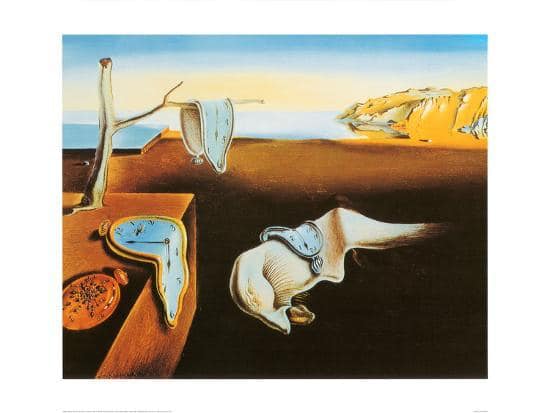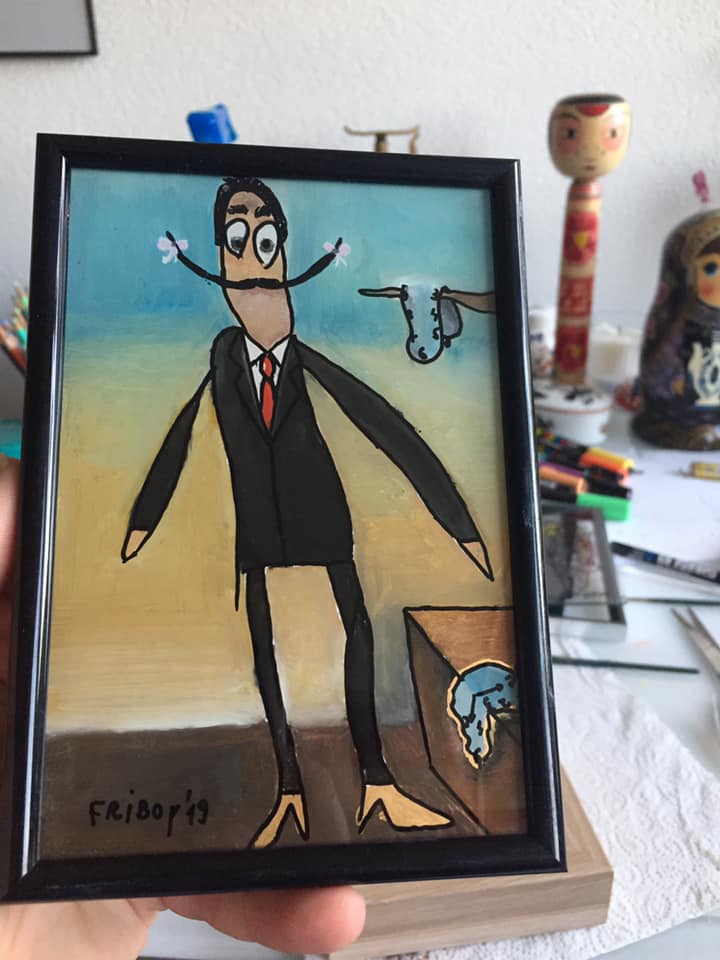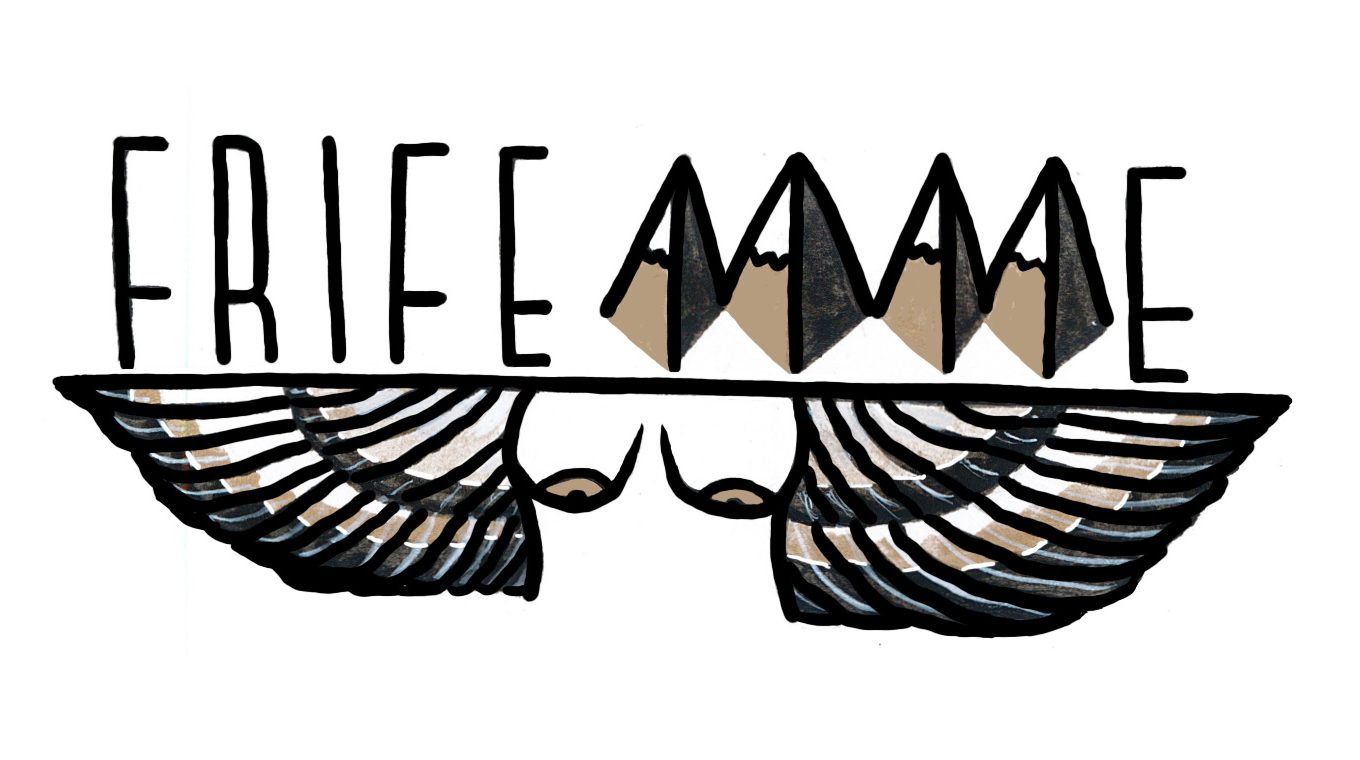Learning a language be it our mother tongue or another is neurologically linked to the working memory part of our brain.
Children with certain types of speech imparement, such as lexical semantic dysphasia, have this natural process impared. Their brain must store and access its language dictionary (words and their associated meaning) differently, for example by creating a visual database.
This gets challenging when taking about time and space, abstract concepts very hard to visually break down. Friboy uses words like tomorrow, after or before, but in a very relative way just like in Dali’s painting “The persistance of memory”. For Friboy tomorrow can be yesterday or one week from now. If it’s not now, everything is tomorrow.
The Persistence of Memory is a painting by Dalí from 1931, one of the most renown. It is referred to by more descriptive titles, such as “Melting Clocks”, “The Soft Watches” or “The Melting Watches”. The soft watches are an unconscious symbol of the relativity of space and time, a Surrealist meditation on the collapse of our notions of a fixed cosmic order.

The awesome and ironic part of learning to access time visually is that it might make Einstein’s theory of relativity easier to understand because that part of the brain responsible for visual processing, so highly engaged in learning for kids with disphasia, is the mathematical one ?







